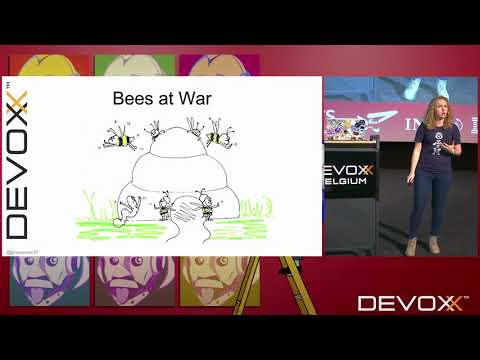Description:
Save Big on Coursera Plus. 7,000+ courses at $160 off. Limited Time Only!
Grab it
Explore the future of application architecture through the lens of nature's master builders - honeybees. Discover how reactive architecture frameworks can make software solutions more responsive, resilient, and efficient. Delve into the principles of reactive systems, including key points from the reactive manifesto, using bee hives and bee social behavior as illustrative examples. Learn about the evolution of software, domain-driven design, asynchronous communication, event-sourcing/CQRS, high availability, eventual consistency, sharding, back pressure, bulkheading, and circuit breaking. Examine the actor model and real-world applications through a Verizon case study. Gain insights from Grace Jansen, a developer advocate at IBM, as she bridges her background in biology with software engineering to simplify complex software patterns and architectures. Leave with actionable knowledge on how to apply these principles to your own projects and contribute to the future of reactive systems.

Reacting to the Future of Application Architecture
Add to list
#Conference Talks
#Devoxx
#Computer Science
#Software Engineering
#Software Architecture
#High Availability
#Programming
#Software Development
#Reactive Programming
#Reactive Systems
#Personal Development
#Communication Skills
#Asynchronous Communication
#Domain-driven Design